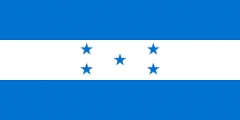There has been little progress in the fulfillment of the reparation measures dictated by the Inter-American Court of Human Rights (IACHR Court), which the LGBTIQ+ populations have awaited with so many expectations, to attract changes that will strengthen respect for their human rights. President Xiomara Castro created hope in the diverse populations, since she promised the reparation measures would be fulfilled quickly. But so far, there are 12 reparation measures established by the Court-IDH in response to the damages caused, which the government committed to comply with, but which, for the most part, diverse populations are still waiting.
- Home
- About Us
- Issues
- Countries
- Rapid Response Network
- Young Adults
- Get Involved
- Calendar
- Donate
- Blog

